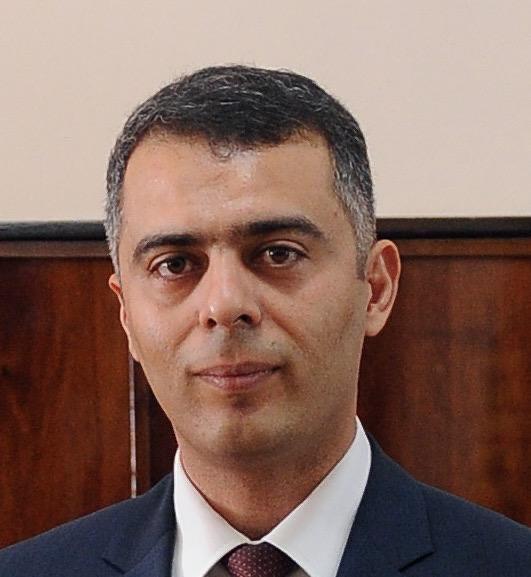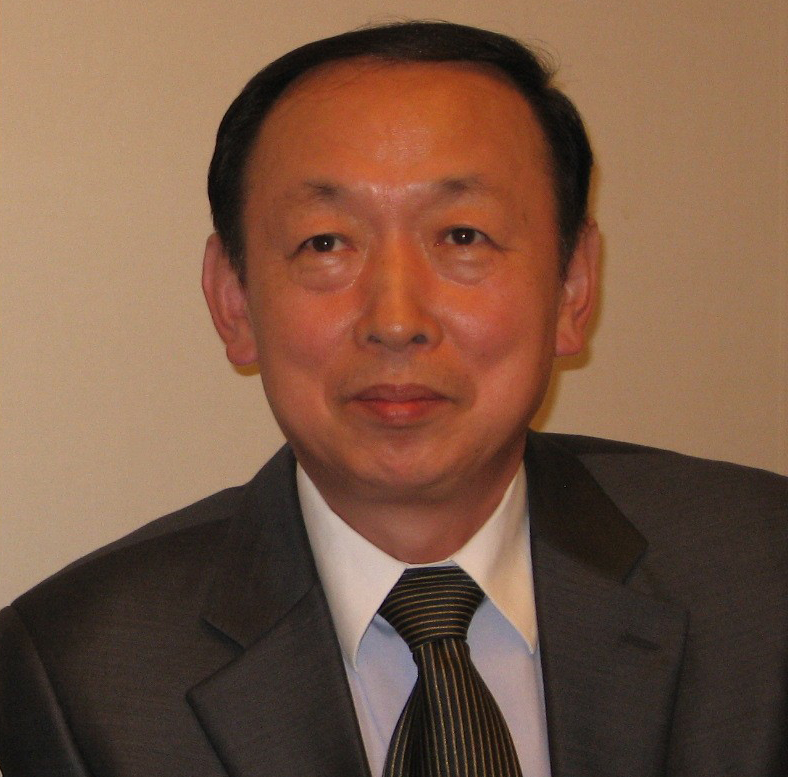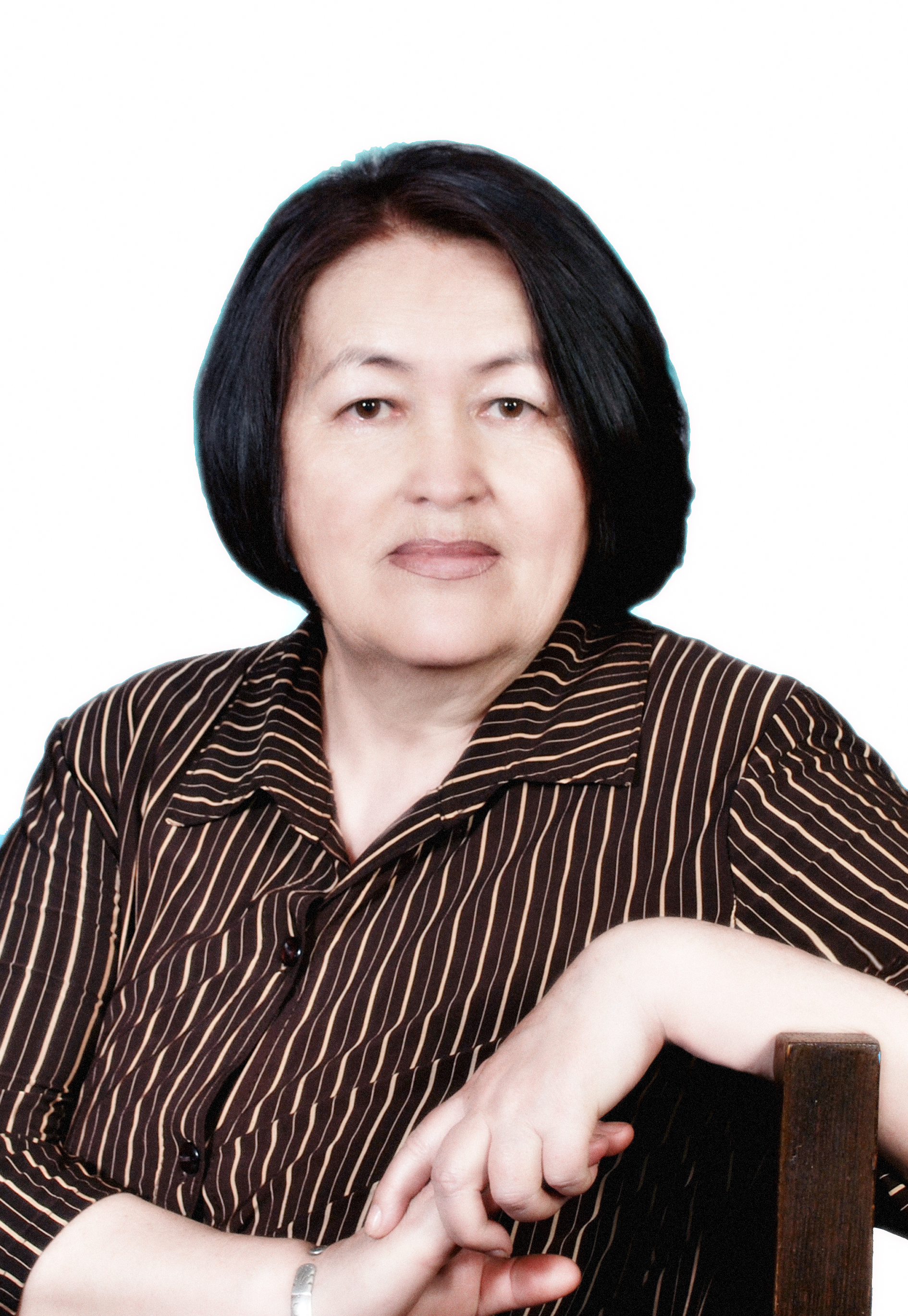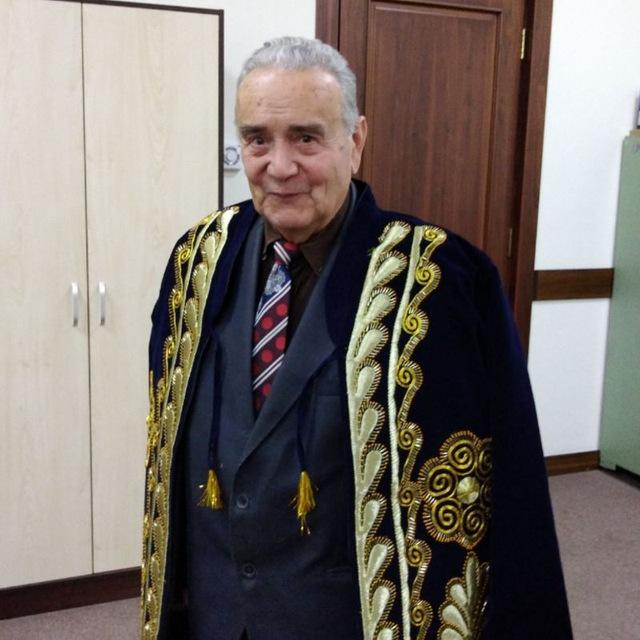
Mr. Evren Rutbil (Turkey), 2024
Master of Social Policy (Middle East Technical University (ODTÜ)), Senior expert on international development cooperation at Turkish Cooperation and Coordination Agency (TİKA). Previously Country Coordinator of TİKA Offices in Kazakhstan and in Kyrgyz Republic, Vice Coordinator in Kosovo, Senegal and Uzbekistan. Coordinated hundreds of cooperation projects and training programmes in different spheres such as education, health and culture. He was a member of the Academic Council of IICAS from 2020-2023.
E-mail: evrenrutbil@gmail.com






